Barcelona Airport Tower Tour
Oh, Barcelona. The city of contrasts. The second largest in Spain and the capital of Catalunya. Las Ramblas. Plaza Espana. Gaudi. Beaches. People. And the most exciting part? The airport, of course!
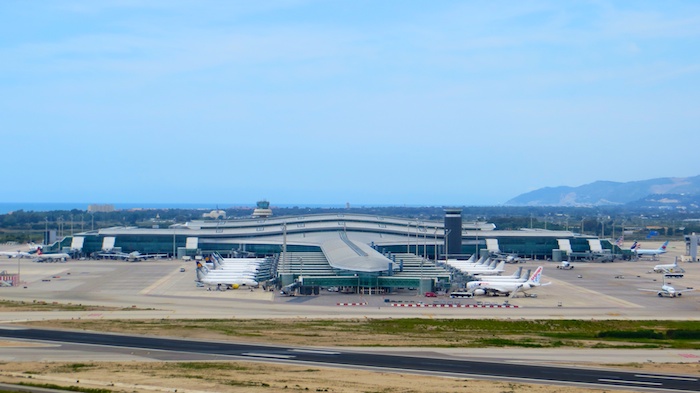
Well, maybe not so much, but after doing almost all of the above last year and then again with my parents, I remembered listening to Jesus on Airplane Geeks podcast talking about air traffic control and flying in Spain. And he was a controller at Barcelona airport.
So, I shot a quick email to Max to see if they can put me in touch with Jesus for a quick tour of Barcelona air traffic control tower. Previously, they hooked me up with Etienne in Geneva for an awesome tour of Swiss skyguide facilities there so I was hoping for another day full of aviation geekery. And I wasn't disappointed.
Even though it was extremely last minute, Jesus was very enthusiastic setting up the tour for me and even drove all the way from Taragona on his day off to grab me from the airport and off we were to the tower.
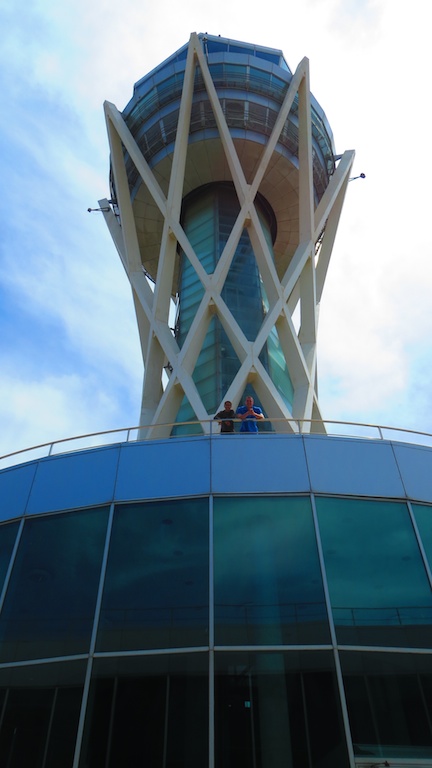
It was late morning and the airport wasn't very busy. Jesus gave me a brief overview of tower positions and how they get things done up there - nothing out of ordinary besides "tower" or runway controllers positions being on top of the elevated pedestal in the middle so they can see easier over the rest of the folks up there turns out that's the supervisor's position. Jesus just finished recording another interview for Airplane Geeks where he went over those things in detail, so if you are interested, you can listen to him on Across the Pond segment of Episode 251 (towards the end of that episode).
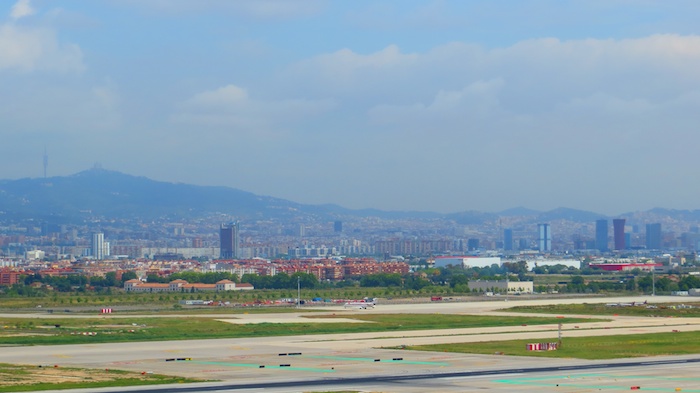
With no photography of sensitive areas allowed inside the tower, I decided not to take pictures so not to get Jesus in trouble. Instead, here are a couple of interesting pieces of "equipment" I saw there:
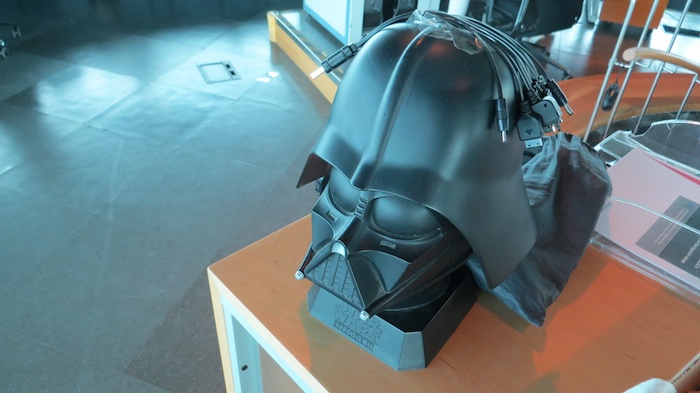
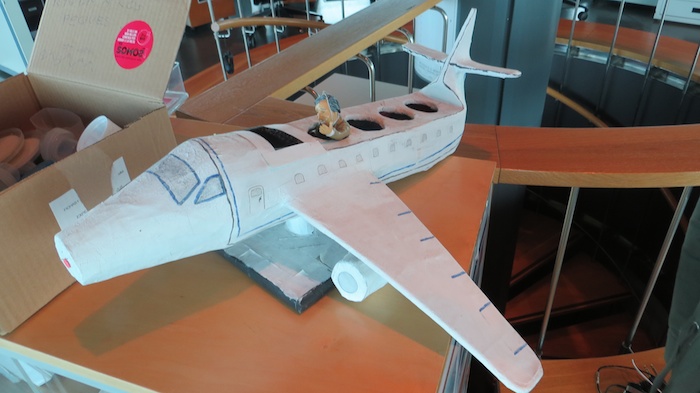
As we were hanging out in the tower, an American Boeing 767 was taxiing out for departure and that was the first time I got to see the new American livery "live". I was not (and still am not) a big fan of it - a bit too colorful and presumptions, in my opinion. But, as many people have reported, it did look better "in person":
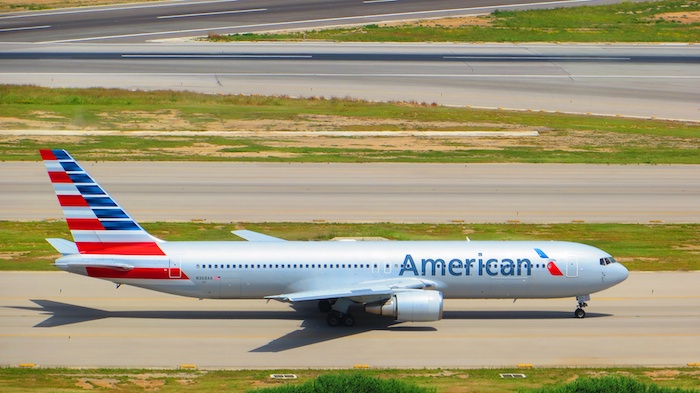
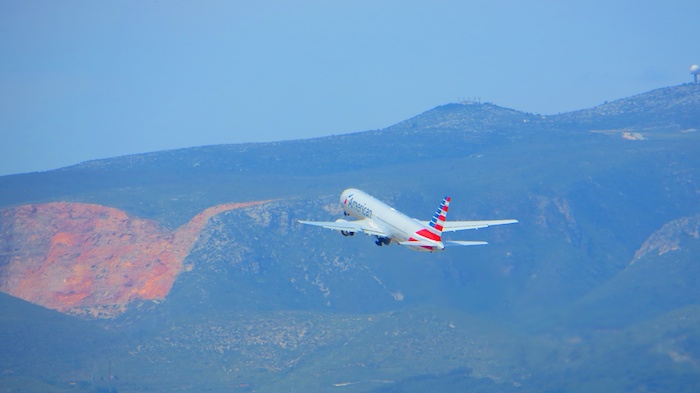
Surprisingly, I noticed the airport being dominated by two airlines - Spanish low cost Vueling and Norwegian. While I knew that Vueling was doing pretty good, I still expected Iberia to be dominating there. But no, at times, it seemed like it was Vueling-only airport as pretty much all of two dozen tails parked at Terminal 1 were in Vueling colors.
Soon I saw another first for me - a Vueling A320 with more traditional winglets instead of sharklets:
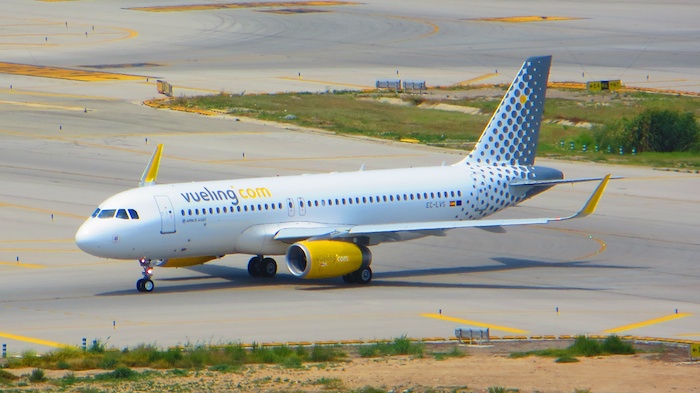
There were also quite a few Norwegian tails at Terminal 2 with a constant stream of arriving and departing aircraft - something I really did not expect to see here. I flew with Norwegian a few times while I was in Scandinavia but I did not know they had that many flights to BCN.
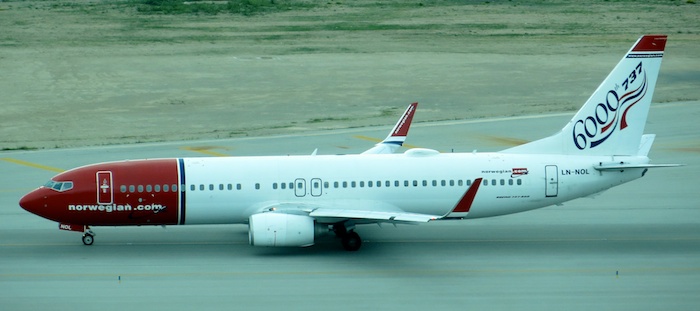
Talking about Terminals, I noticed before the huge Terminal 2 being almost empty. It seemed like only a couple of low cost airlines, such as Norwegian and Ryanair were using it. But it didn't really make sense as that was the terminal that had the train station located next to it. So for most people, it meant taking the train and then a shuttle bus to get to Terminal 1 - something I have done too many times and could not understand.

The reason turned out to be typical of Spain (and Ukraine, so I could relate) - corruption. Nobody wanted Terminal 1. But it was built to waste spend the money and most airlines were "moved" there. So now, Terminal 2, which is by itself a conglomeration of old terminals A, B, and C, sits mostly empty and passengers have to deal with train-shuttle bus debacle because too much money was "spent" and not enough left to actually get the train station set up by Terminal 1.
Hey, on the bright side, it isn't as bad as Castellon Airport near Valencia that cost over $200 million to build and then did not even open for the lack of any interest from airlines. Or Madrid's Ciudad Real airport, built to accommodate jets as large as A380, complete with high speed rail connection to the capital and... closed three years later.
By this point, we were outside the tower cab on a balcony that runs all the way around, enjoying the unobstructed view of the airport.
As a small "traffic" jam started developing by the southern runway 25L, Jesus brought another peculiarity to my attention. If you look at the map of the airport, you can see that there is a lot more room by runway 25R with two taxiways running parallel to it and lots more apron space near the beginning of the runway to hold the airplanes waiting for takeoff. Furthermore, 25R is almost 11000 ft long while 25L is only 8700 ft long and when taking off, normally one would want to have as much runway ahead as possible in case of aborting for any reason:
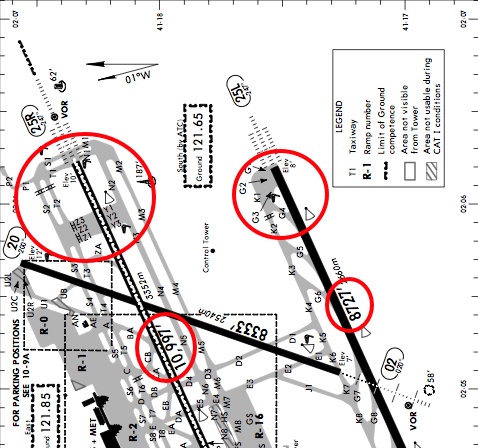
When the runways were built up, it was envisioned that the northern runway (25R) would be used for takeoff - hence it is longer and with lots more space around for airplanes to queue up. On the contrary, the southern runway (25L) was to be a landing runway - shorter and with only one taxiway taking all landing airplanes to their terminals.
So why the heck were all airplanes queueing to take off from shorter southern runway 25L?
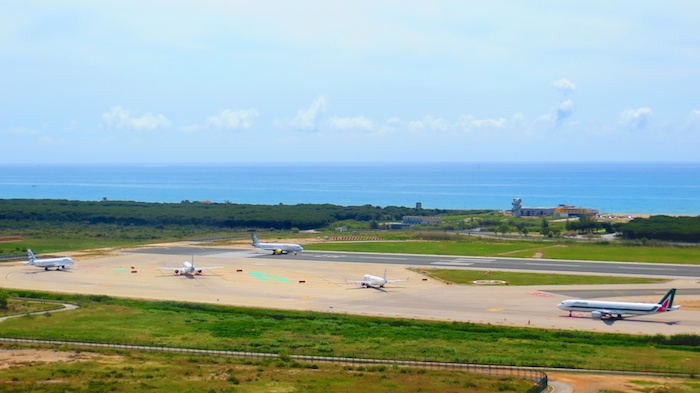
One and only reason - NIMBYs or "not in my backyard" - people building houses to the west of the airport and then complaining about airplanes flying over their properties on takeoff. Furthermore, having a wealthy, resort-ish areas there did not help and soon politics trumped any common sense - the departures are to use the shorter runway and immediately turn left to to climb over the Mediterranean.
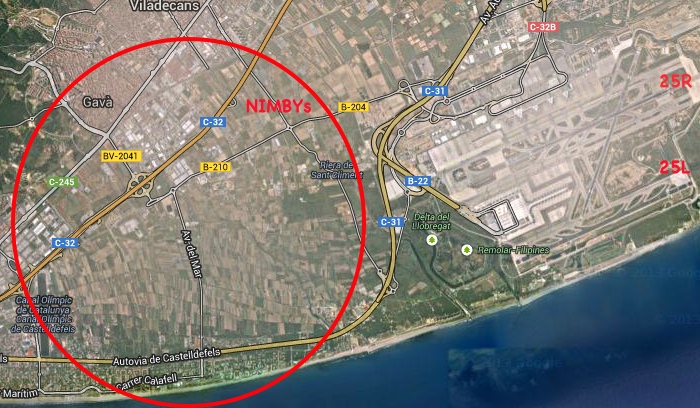
Sure, if the airplane is heavy, the pilots can still request to take off from longer 25R, but then the tower controllers need to contact the approach controllers at another facility to have them space out a couple of arrivals so that they can squeeze a departure in-between them. Normally, that would not be a big deal and is done regularly at other big airports. But when Spanish efficiency is thrown in the mix, it is not uncommon for tower (and departures) to wait 15-20 minutes until the gap becomes available. And I was actually wondering why it took so long for that American 767 to get out departing 25R.
But enough about that.
Another interesting feature of the airport is the building housing a number of falcons used to keep other birds away from the field.
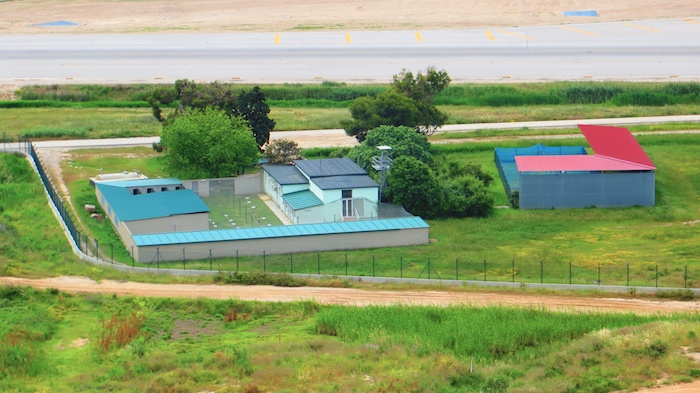
As departure rush passed, there wasn't much happening at the airport so we took some pictures with the tower for Airplane Geeks and then headed out to the designated aircraft spotting area.
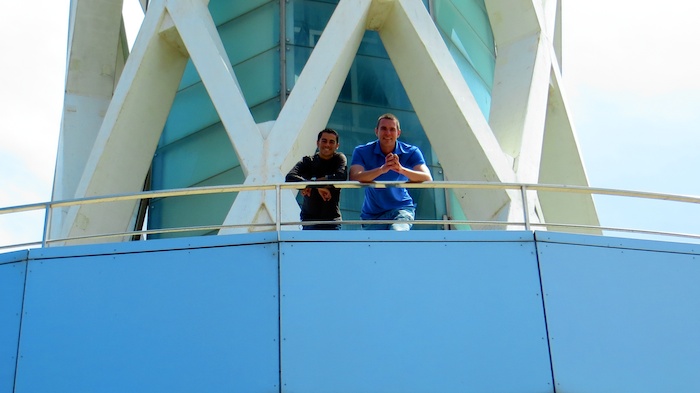
With arrivals landing on 25R majority of the time, the small spotting area right under the approach path and right by the perimeter fence is quite the place to be. While there are no food vendors catering to spotters, there are seats, a water fountain and even poster boards depicting various aircraft to help those starting out.
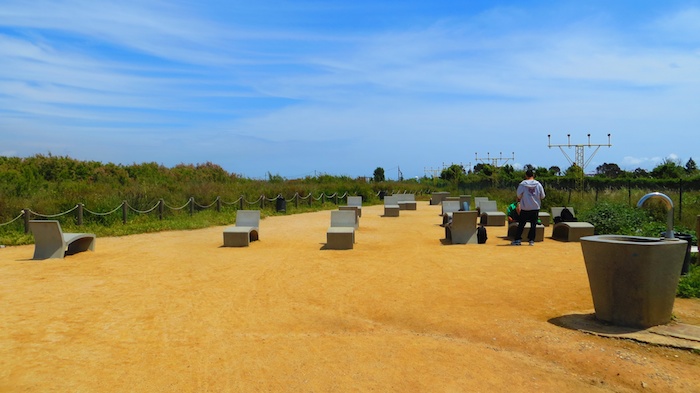

Oh, and of course there are airplanes flying, seeming, right above your head.
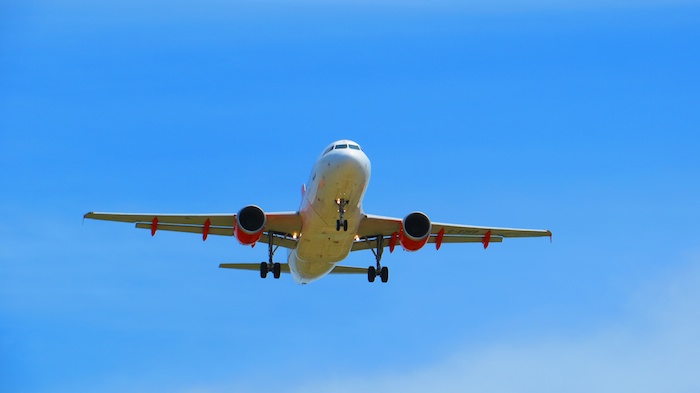

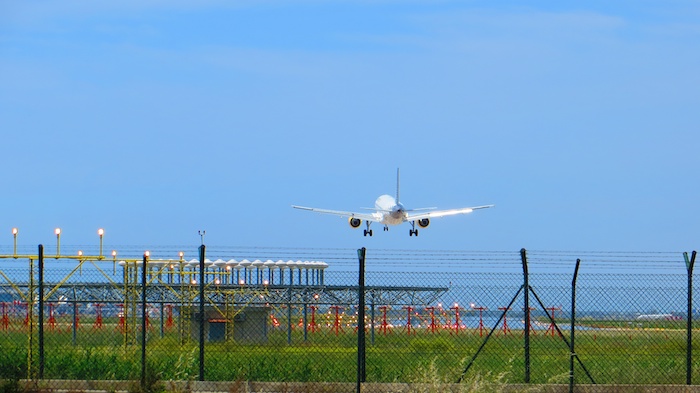
It's been great fun but it was soon time for us to go. I will have to come back to this spotting location next time I am in town!

